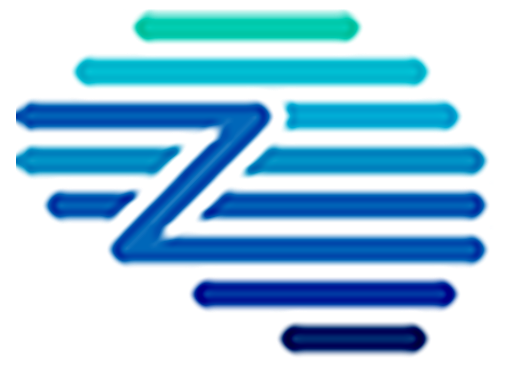Demand Planning is a strategic process in supply chain management that involves forecasting future demand for products or services based on historical data, market analysis, and other influencing factors. The goal is to ensure that supply chain operations align with consumer demand, optimizing inventory levels, reducing waste, and improving service levels to meet customer needs efficiently.
Key Benefits
– Improved Forecast Accuracy: Demand planning enhances forecast accuracy by incorporating a wide range of data inputs, including historical sales, market trends, and consumption patterns. This precision enables organizations to better meet customer demand and optimize inventory levels.
– Inventory Optimization: By accurately predicting customer demand, businesses can maintain optimal inventory levels, minimizing both shortage and overstock situations. This leads to reduced inventory holding costs and increased cash flow efficiency.
– Enhanced Supply Chain Efficiency: Effective demand planning results in smoother supply chain operations by aligning production schedules, procurement activities, and logistics with anticipated demand levels. This coordination reduces lead times and minimizes disruptions.
– Cost Reduction: Through efficient resource allocation and minimized excess, demand planning helps organizations reduce costs associated with overproduction, expedited shipping, and markdowns. It also optimizes the use of labor and manufacturing resources.
– Improved Customer Satisfaction: By ensuring product availability when and where customers need it, demand planning enhances customer satisfaction levels. Accurate forecasts allow businesses to maintain service levels and improve customer loyalty.
Related Terms
– Improved Forecast Accuracy: Demand planning enhances forecast accuracy by incorporating a wide range of data inputs, including historical sales, market trends, and consumption patterns. This precision enables organizations to better meet customer demand and optimize inventory levels.
– Inventory Optimization: By accurately predicting customer demand, businesses can maintain optimal inventory levels, minimizing both shortage and overstock situations. This leads to reduced inventory holding costs and increased cash flow efficiency.
– Enhanced Supply Chain Efficiency: Effective demand planning results in smoother supply chain operations by aligning production schedules, procurement activities, and logistics with anticipated demand levels. This coordination reduces lead times and minimizes disruptions.
– Cost Reduction: Through efficient resource allocation and minimized excess, demand planning helps organizations reduce costs associated with overproduction, expedited shipping, and markdowns. It also optimizes the use of labor and manufacturing resources.
– Improved Customer Satisfaction: By ensuring product availability when and where customers need it, demand planning enhances customer satisfaction levels. Accurate forecasts allow businesses to maintain service levels and improve customer loyalty.
References
For further insights into these processes, explore Zycus’ dedicated resources related to Demand Planning:
- Understanding Hybrid Procurement and How to Implement It
- What kind of spend data is flying under your radar?
- The Future of Procurement Automation: A Fireside Chat with Industry Leader
- Generative AI in Source to Pay (S2P): Hype or Reality? A Proven Framework to GenAI Adoption
- Zycus Horizon 2022 Awards Highlights
White Papers
Master the UK Procurement Act 2023: Ensure Compliance & Drive Procurement Excellence

Filter by
Compliant Invoicing
Compliant Invoicing refers to the process of generating, submitting, and managing invoices in adherence with legal, regulatory, and contractual requirements.
Continuity Plan
A Continuity Plan is an organized set of policies and procedures designed to ensure that a company’s essential operations can
Cost Modeling
Cost Modeling in procurement refers to the analysis and estimation of the total cost of ownership of a product or
Contract Audit
Contract Audit is a systematic evaluation of agreements and related documentation to ensure compliance with contractual terms, identify discrepancies, and
Procurement Cycle
The Procurement Cycle refers to the end-to-end process through which an organization identifies its needs, sources suppliers, negotiates contracts, places
Procurement Master Data Management
Procurement Master Data Management is the disciplined approach to managing core, consistent procurement information, including supplier, product, and contract data,






















































